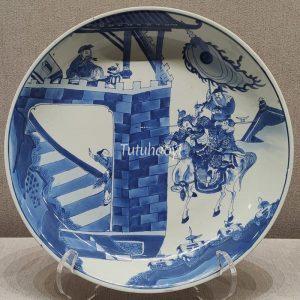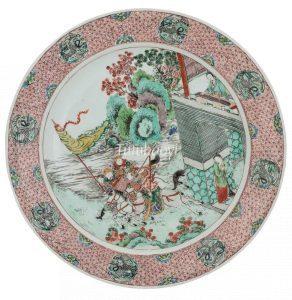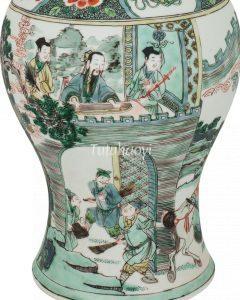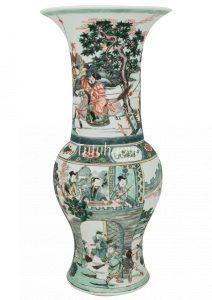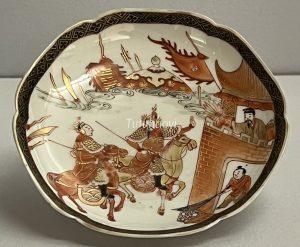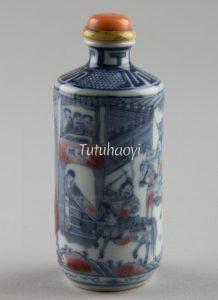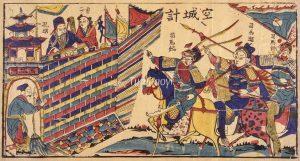The Empty Fort Strategy
空城计
© Tutuhaoyi.com owns the copyright of the description content for the images attached. Quoting all or part of the description content on this page is permitted ONLY IF ‘Tutuhaoyi.com’ is clearly acknowledged anywhere your quote is produced unless stated otherwise. (本页描述内容版权归Tutuhaoyi.com所有,转发或引用需注明 “Tutuhaoyi.com”, 侵权必究, 已注开源信息的条目除外。)
The Empty Fort Strategy is the thirty-second of the Thirty-Six Stratagems (三十六计), a psychological ploy that feigns strength through an appearance of calm to mislead the enemy into retreat. In ancient times, it was used not only to defend cities but also in situations where one was heavily outnumbered.
In the fictional narrative of Romance of the Three Kingdoms, Zhuge Liang (诸葛亮) is depicted using this stratagem. In Chapter 95, while defending the city of Xicheng with only a small force, he learns that Sima Yi (司马懿) is approaching with an army of 200,000. With no time to summon reinforcements, Zhuge Liang remains composed. He orders the troops to cease all signals of military activity, opens all four city gates, and has soldiers disguised as civilians to sweep the streets. He himself sits atop the gate tower playing the zither qin. Sima Yi, knowing Zhuge Liang’s usual caution, is unsettled by this display, suspects an ambush, and withdraws his army.
story scene description by Rachel Ma
Other stories in the Romance of the Three Kingdoms:
Lu Xun Seeking a Way Out of the Maze 陆逊问津
Fig 1: porcelain dish with underglaze blue decoration, Kangxi period (1662–1722), Qing dynasty, courtesy of the Palace Museum, Beijing; Photograph by Rachel Ma
Fig 2: famille verte porcelain dish, Kangxi period (1662–1722), Qing dynasty, courtesy of Sotheby’s Auction House, New York, 20 March 2018, Lot 376
Fig 3-4: famille verte porcelain vase, Kangxi period (1662–1722), Qing dynasty, courtesy of the Jie Rui Tang Collection
Fig 5: gilded porcelain dish with overglaze iron-red decoration, 18th century, courtesy of Musee national des arts asiatiques – Guimet; Photograph by JP Kim
Fig 6: porcelain snuff bottle with underglaze blue and red decoration, late 19th century, courtesy of the Metropolitan Museum of Art, New York
Fig 7: Ruse with an Empty City, ink and colour on paper, late 19th – early 20th century, courtesy of The State Hermitage Museum, St Petersburg, Russia
